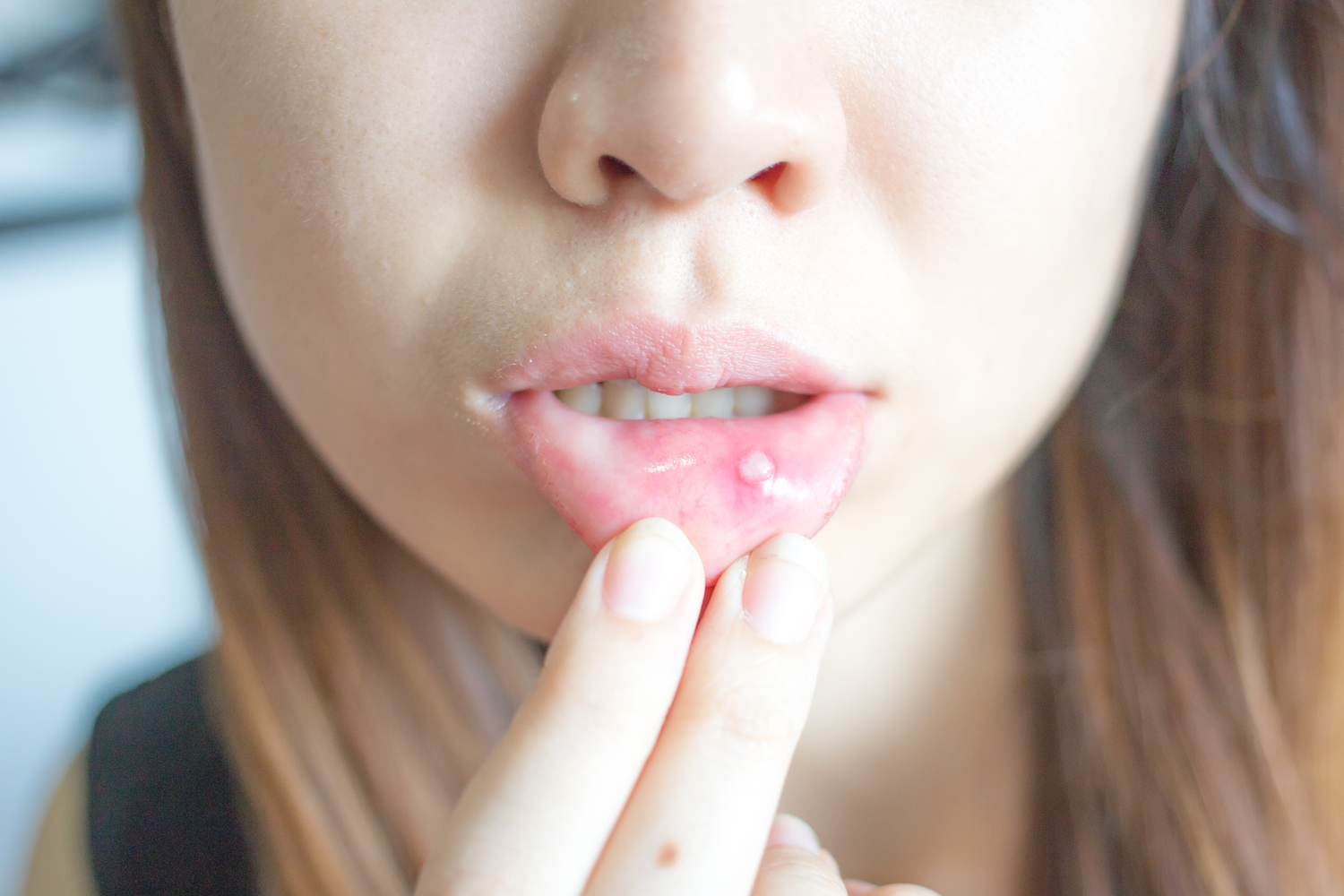
Symptoms and Types of Canker Sores
Canker sores are also known as aphthous ulcers and are slight, superficial lesions that develop usually on the soft tissues of the mouth as well as the gums’ base. In contrast to the cold sores, these ones are not found on the lips surface and are not contagious either. However, they can cause a small amount of pain and even prove to be a little difficult for eating.
In general, these canker sores go away in a week or two on their own and need to be checked by a doctor (specifically, a dentist), when the sore turns large and causes pain without any sign of healing. Let’s review the common symptoms and different types canker sores:
1. Symptoms of cankers
Canker sores usually appear to be round or oval in shape and have a yellow or white center with a thin red border. They usually form on the inner side of the mouth including areas such as on or below the tongue, on the inside wall of the cheeks or lips, on the soft palate, and at the base of the gums. They tend to cause a form of tingling or burning sensation at these spots a day or two before the actual occurrence of these canker sores.
2. Types of canker sores
There are quite a few types of canker sores, and they normally range between minor and major forms.
- Minor canker sores: Being one of the most common forms of canker sores, they tend to be small in size, bear an oval shape along a red edge, and do not scar in the process of healing within a week or two.
- Major canker sores: These are not that common and end up appearing larger and deeper into the mouth lining. They also exhibit a kind of round and defined borders which tend to get irregular edged as they become larger, and can definitely cause pain. These types of sores usually take about 6-weeks to heal and can easily end up leaving scars.
- Herpetiform canker sores: This is one of the least-occurring forms of canker sores, and they tend to develop at the later stages in life. However, in contrast to popular misconception, they are absolutely not caused due to any form of herpes virus infection. This type of canker sores are usually pinpoint-sized and occur in the form of 10 to 100 sores that form a cluster and end up merging into a single large ulcer. They exhibit very irregular edges and end up healing without scars between just a week or two.
3. Treatment and medical assistance
In the event that you have canker sores which appear to be large, it is best to get a doctor’s consultation right away. Other scenarios include constant recurrence of canker sores or outbreaks even before healing, sores that last beyond the healing period of a week or two, sores which tend to occur along the lips, prove to be difficult with any form of eating or drinking and cause a high fever. It is best to consult your dentist if you wear dental appliances or have sharp tooth surfaces, which seems to be the source of these sores.



